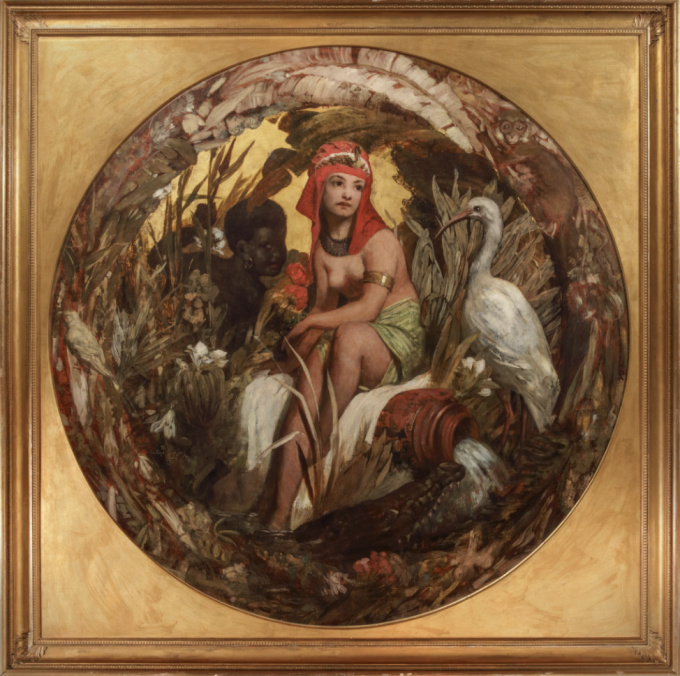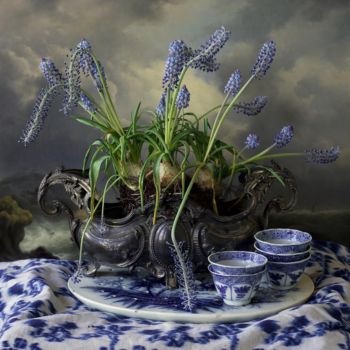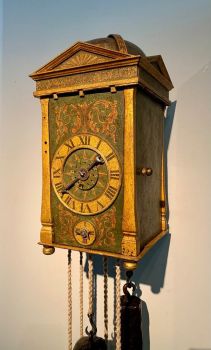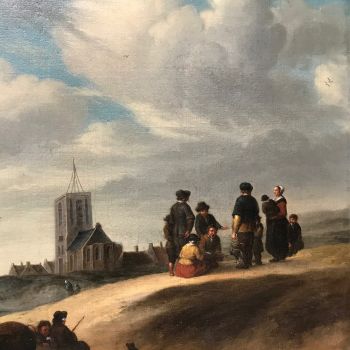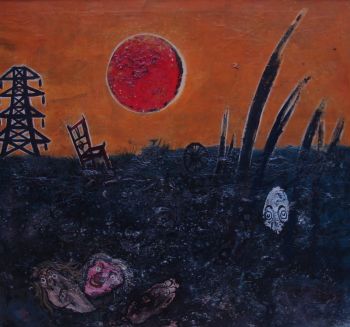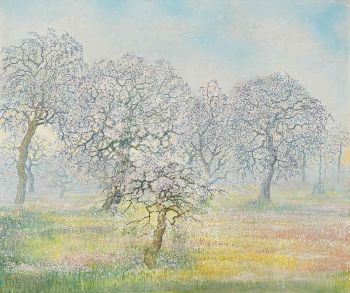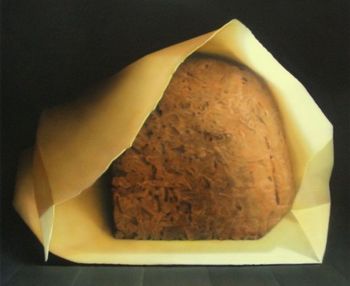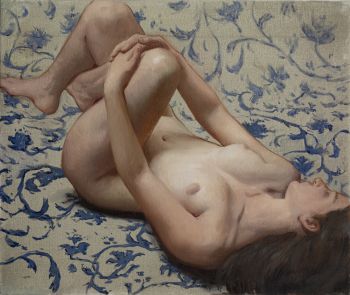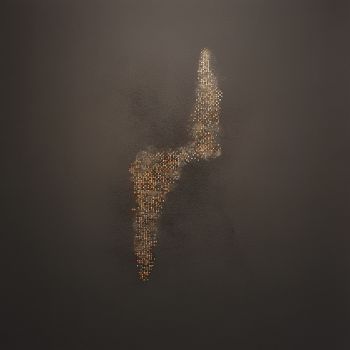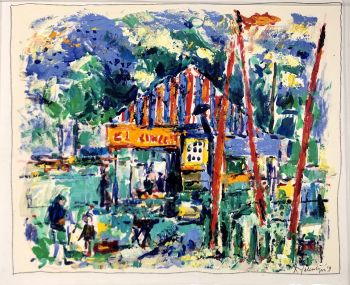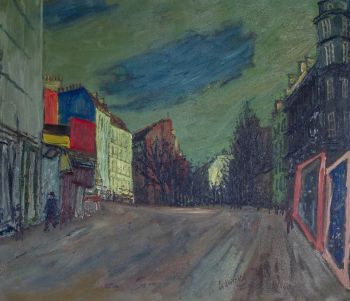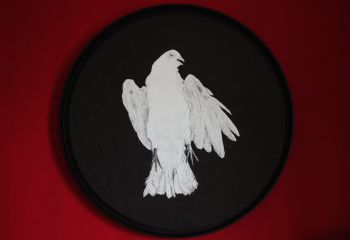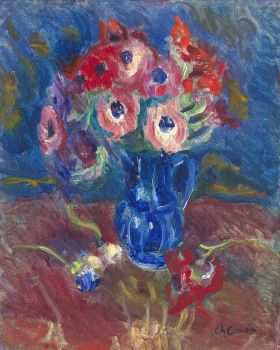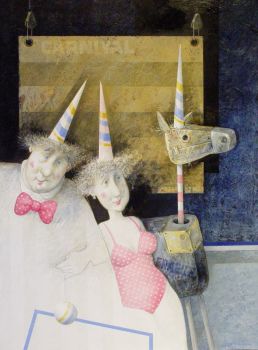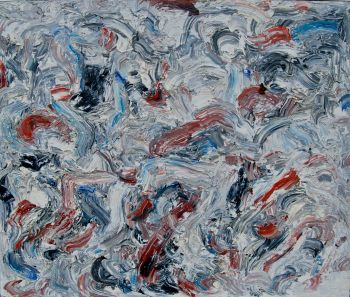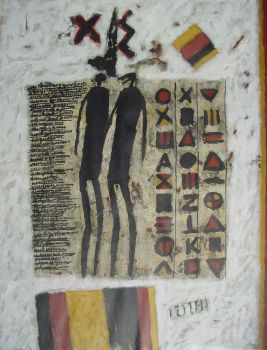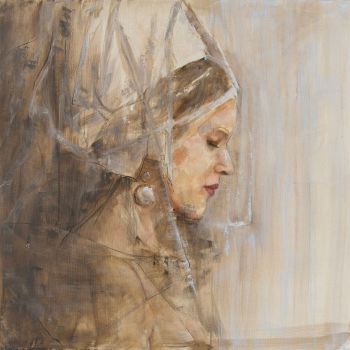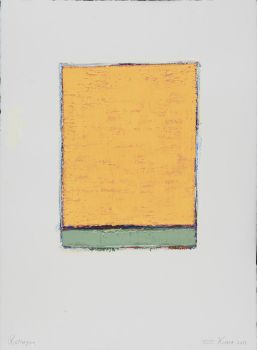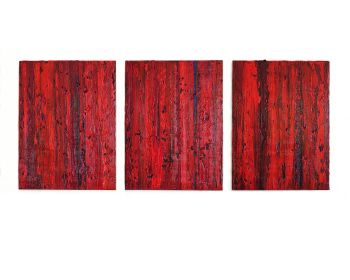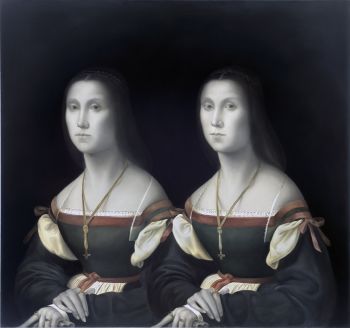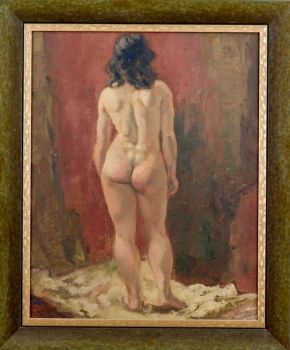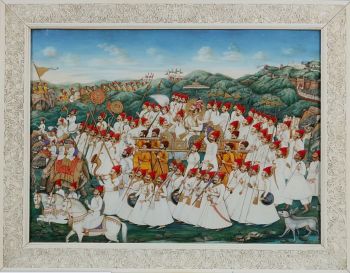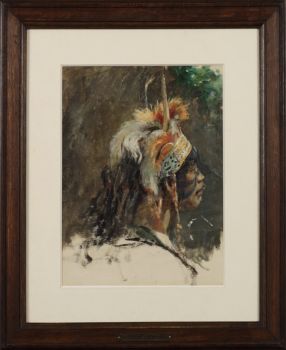‘Allegories of Africa and America’ 1872
Eduard Charlemont
CanvasOil paintPaint
153 ⨯ 153 cm
Price on request
Zebregs & Röell - Fine Art - Antiques
- About the artworkAllegory of Africa, signed and dated Ed. Charlemont 1872 lower left
Oil on canvas, H. 153 x W. 153 cm (each tondo)
Eduard Charlemont (1848, Vienna) was a distinguished painter. He was born in an artistic family. His father Matthias Adolf Charlemont (1820-1871) was a well-known miniature painter, his brother Hugo Charlemont (1850-1939) an impressionist landscape painter and brother Theodor Charlemont (1859-1938) a sculptor. Eduard Charlemont made name for himself only at the age of fifteen when he exhibited his works for the first time at the Academy of Fine Arts in Vienna, where he also studied. He exhibited for the first time at the Paris Salon in 1878, where he won his first prize. Charlemont was called into Hans Makarts (1840-1884) studio, who by that time was a leading figure in the artworld of Vienna and an artist luminary of the Vienna Ringstrasse era.
Charlemont developed a new and unique style based on the ‘Neo-Baroque’ style of Makart, a crossing from 16th century Venetian paintings and French Rococo painters from the 18th century. His penchant for idyllic, playful compositions, characterized by elegance, showed up as a recurring constant in the artist’s oeuvre. This style is also expressed in the tondi presented here.
The first work shows the decorative allegory of the continent Africa with its respective flora and fauna. The central female figure is arranged in an illusionistic, dreamy ideal space that functions as a projection surface for the Western fantasies that were prevalent at that time. It is a symbolic representation.
The second work, the ‘Allegory of America' stands as a testament to his enduring fascination with cultures beyond the boundaries of Europe. Within this canvas, Charlemont skillfully captures a tableau of individuals and scenes that serve as representatives of various facets of American culture. The composition is rich with symbolism, including the presence of an indigenous figure adorned with a resplendent headdress, a nod to the diverse native cultures of the Americas. Colonial influences are also discernible, as evidenced by the woman's fan, evoking echoes of European presence. Exotic flora and avian motifs further underscore the allegorical portrayal, serving as emblems of the Americas' unique biodiversity.
These works demonstrate the romantic lens through which Europeans regarded people from the colonies. They also demonstrate his adeptness in weaving together various cultural elements into a cohesive narrative. The meticulous attention to detail and the nuanced interplay of light and color are characteristic of Charlemont's signature style, allowing viewers to immerse themselves in a representation of a different culture. The fascination with his two depictions of America and Africa lasted not only during the artist's lifetime, but also to this day. The tondi remained in the collection of the composer, impresario, and art connoisseur Andrew Lloyd Webber (born in 1948 London) until the 1990s. A similar work, but an allegory on Asia, caused a battle between bidders in a French auction in 2021, resulting in a record price for paintings by Charlemont.
Provenance:
Collection Andrew Lloyd-Webber, United Kingdom
Auction, Sotheby’s Billinghurst, 15 september 1999, lot 775
Private collection, Switzerland - About the artist
Eduard Charlemont was born in Vienna, capital of the Austrian Empire, in 1848. His father, Matthias Adolf Charlemont, was also a painter, specializing in painting miniature portraits.
His younger brother Hugo Charlemont (1850–1939) was an equally famous impressionist painter. At the age of fifteen Charlemont exhibited his works for the first time at the Academy of Fine Arts Vienna, where he studied fine arts. At the same age Eduard Charlemont was also hired by a girls' school to teach drawing.
After graduating from the Academy of Fine Arts Vienna, Charlemont traveled to many countries in central Europe and finally settled in Paris, where he lived for the next thirty years.
In Paris, several times he won the first prize of the Paris Salon, an annual exhibition held by the French Academy of Fine Arts (French: Académie des Beaux-Arts).
The most famous work of Charlemont is The Guardian of the Seraglio, widely known as The Moorish Chief, depicting a Moorish swordsman guarding a seraglio (part of a typical wealthy Arabic villa, where women stayed when strangers entered the house).
In 1899 he won the gold medal at the Exposition Universelle, a World's Fair held in Paris. Charlemont was also known for his murals. He painted three of the murals of the Burgtheater (the Austrian National Theatre in Vienna and one of the most important German language theatres in the world) totaling a length of about 55 meters.
He died in Vienna in 1906.
Are you interested in buying this artwork?
Artwork details
Related artworks
Unknown artist
A Surinam-themed Amsterdam long-case clock1746 - 1756
Price on requestZebregs & Röell - Fine Art - Antiques
 Curated by
Curated byGallerease Magazine
Unknown artist
Een Gotische zuidelijke Nederlanden wandklok1580 - 1590
Price on requestNico van den Assem restauratie
 Curated by
Curated byDanny Bree
1 - 4 / 24- 1 - 4 / 24
Unknown artist
A large wall map of Asia by Nicolas de Fer 1647 - 1720
Price on requestZebregs & Röell - Fine Art - Antiques
1 - 4 / 16Mary Alacoque Waters
'Unknown Twins' after Rafael1999 - 2004
Price on requestGalerie Mia Joosten Amsterdam
1 - 4 / 24Unknown artist
IMPORTANT AND RARE LARGE INDIAN 'COMPANY STYLE' PAINTING ON IVORY DEPICTING A PARADE1850 - 1900
Price on requestZebregs & Röell - Fine Art - Antiques
 Curated by
Curated byDanny Bree
Unknown artist
A MARINE IVORY NETSUKE OF A DUTCHMAN HOLDING A CHINESE FAN18th century
Price on requestZebregs & Röell - Fine Art - Antiques
Unknown artist
A JAPANESE SMALL SAWASA 'PEACH-FORM' CRUCIBLE CUPearly 18th
Price on requestZebregs & Röell - Fine Art - Antiques
Unknown artist
Japanese transition-style lacquer coffer 1640 - 1650
Price on requestZebregs & Röell - Fine Art - Antiques
1 - 4 / 12

